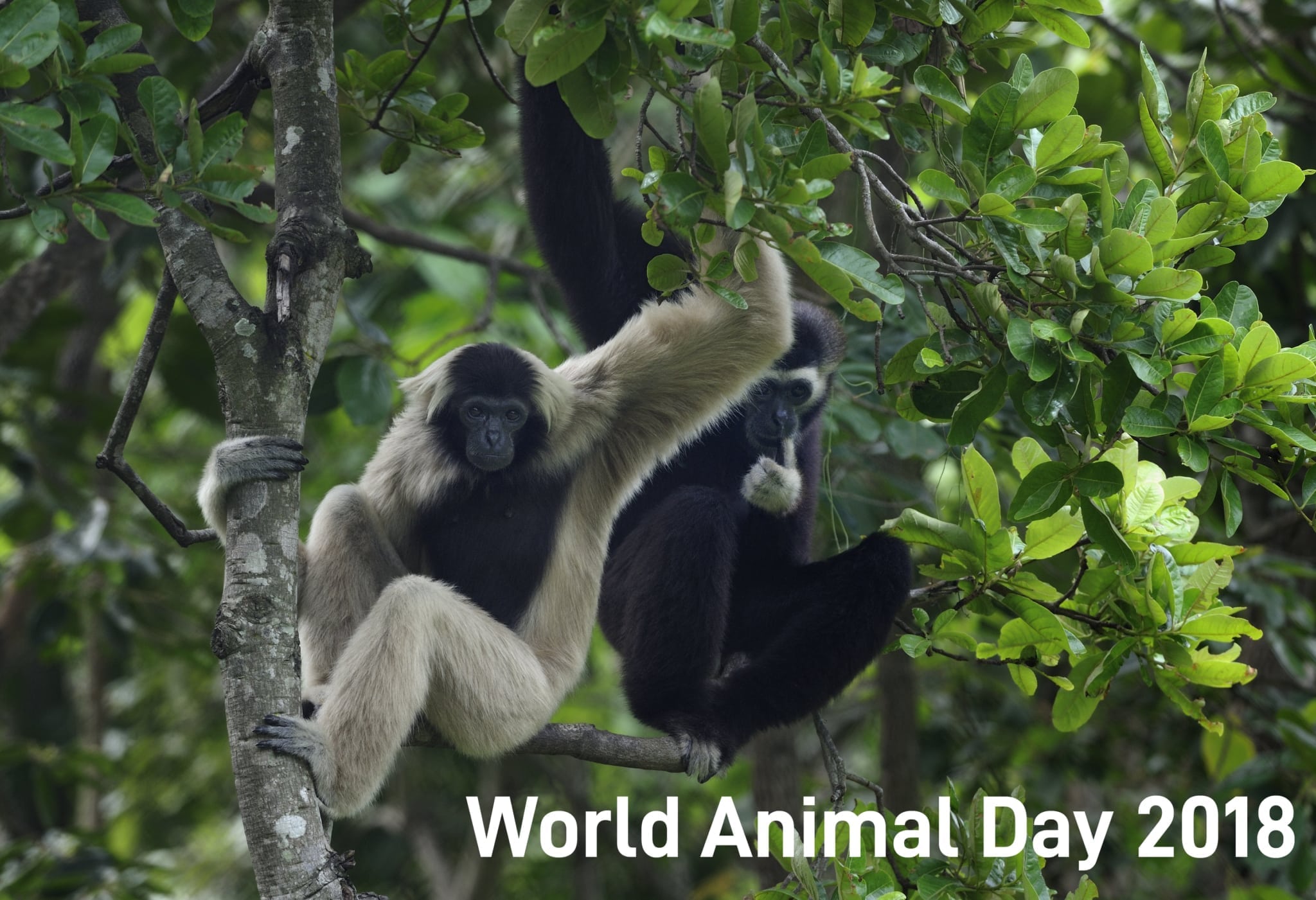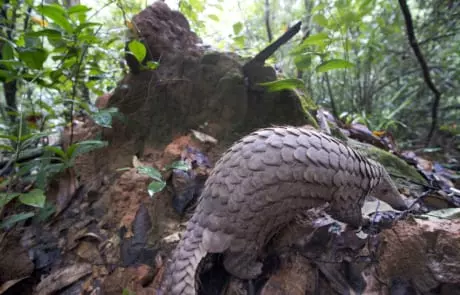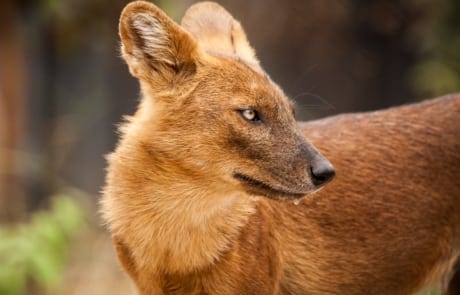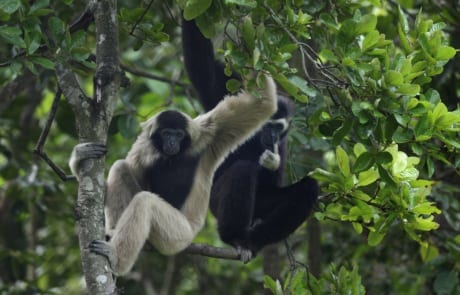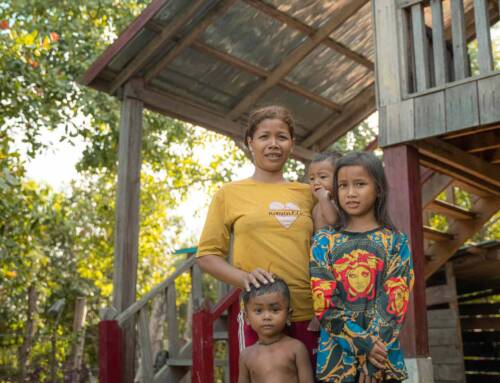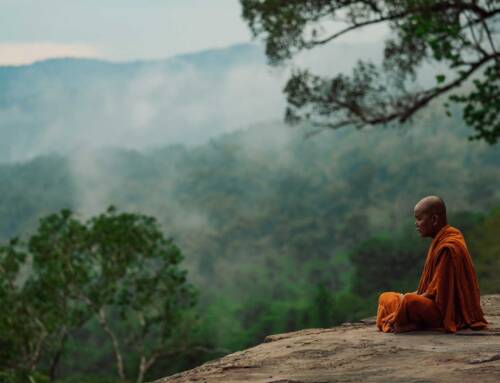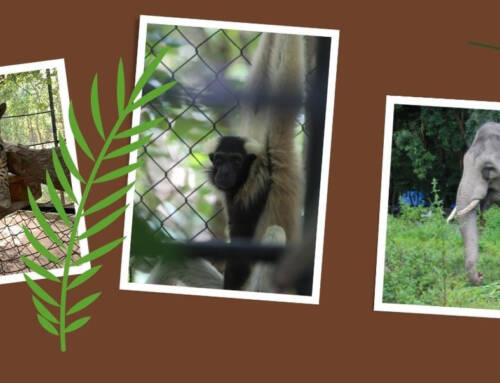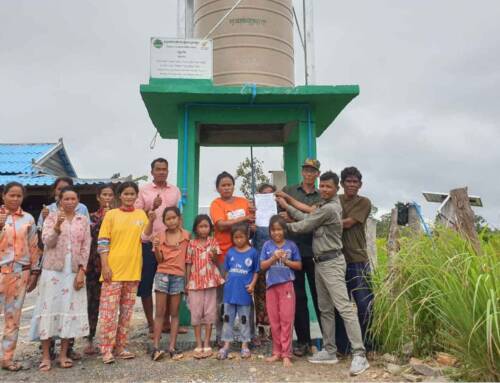What is World Animal Day?
On 4 October World Animal Day is a social movement charged with the Mission of raising the status of animals in order to improve welfare standards around the globe.
World Animal Day 2018
To celebrate World Animal Day this year, we are highlighting three animals that are often forgotten or overlooked but are in dire need of conservation action.
Sunda Pangolin 
©Jeremy Holden
The most trafficked mammal in the world is also an animal that many people have never heard of. Pangolins are the only mammals in the world that are covered in scales and are rarely observed in the wild due to their secretive and solitary habits. Heavily targeted by poachers for delicacy dishes and traditional medicine, pangolins are almost defenseless against hunters because they curl up into balls when they are threatened. With over one million trafficked in the past decade, these once common animals are now on the brink of extinction and are classified as critically endangered. Our Wildlife Rapid Rescue Team (Wildlife Police) is combatting the high international demand for pangolins by investigating and disrupting trade networks, apprehending traffickers, and rescuing live pangolins. Help us combat the pangolin trade by donating to the Wildlife Rapid Rescue Team.
Dhole 
©Peter Yuen
Occupying the same habitats as tigers and leopards, Asian wild dogs – or dholes – are often overlooked and are the forgotten predator. These communal pack hunters are efficient hunters and can take down prey, such as guar, that are 50 times their weight using unique whistles and howls to communicate. Dhole are the only species in the Coun genus and it is likely that less than 2,00 remain in the wild worldwide. Their biggest threat is habitat loss. As dholes lose places to eat and reproduce, so do their prey. The low density of prey throughout much of their range does not enable populations of dholes to survive. Wildlife Alliance is protecting one of only three forests in Cambodia that supports viable populations of this wild dog. You can help protect dholes, their forest home, and their prey by sponsoring a ranger station in the Cardamom rainforest.
Pileated gibbon 
©Jeremy Holden
Our forest rangers work tirelessly to protect some of the world’s most endangered animals in one of Southeast Asia’s last great rainforests.
Our forest rangers work tirelessly to protect some of the world’s most endangered animals in one of Southeast Asia’s last great rainforests.
Our forest rangers work tirelessly to protect some of the world’s most endangered animals in one of Southeast Asia’s last great rainforests.

